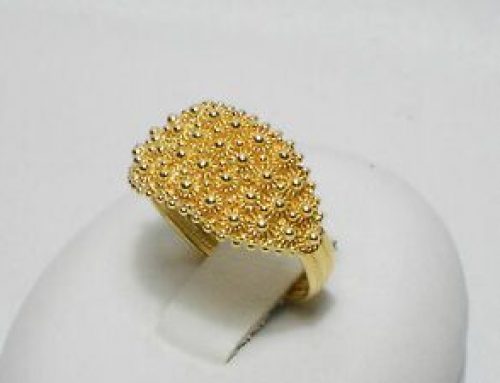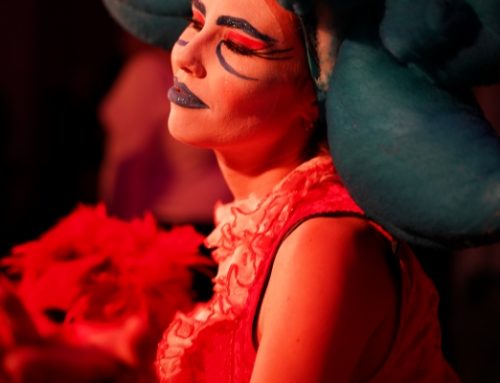Do you love immersing yourself in the colours of a market to discover the traditions, flavours and scents of a city or a country and experience the taste and feel of the everyday life of its inhabitants? Then this guide is for you: we’ll take you all over Italy, traversing it from north to south, in an exciting journey through its most distinctive street markets.
Many Italian street markets have a long tradition whose origin is lost in time: Italy’s history, in all its countless facets (related to its diverse territories), is embedded in its markets as well. Take the city of Turin, for example: indeed, in the renowned Piedmontese provincial capital you will find the market of Porta Palazzo, one of the largest and most enduring in all of Europe. Among its numerous food stands you can find a great variety of local products, especially fresh pasta and cheese. Wandering around the market it is impossible to not raise your eyes and admire the Antica Tettoia dell’Orologio which has towered over it since 1916 in all its majesty, giving it an irresistible charm.
A former commercial crossroads of great importance since the Middle Ages, the beautiful city of Padua offers tourists all the entertainment and magic of a market which, every morning and all day Saturday, adds colour and delight to the renowned Piazza delle Erbe. Located not far from the famous Padua Cathedral, built in the 16th century, the market of Padua is a mandatory stop for anyone wandering around the historic centre of the city: all the major gastronomical excellences of the Veneto region can be found here. Indeed, the wines of this region are highly renowned and have always being tied to another great local enogastronomic tradition: Venetian cured meats and cheeses are a great source of pride for this region and, of course, all of Italy.
Genoa, the historic former maritime republic, could hardly lack a notable market that reflects its deeply rooted propensity for commerce: this is where the famous Eastern Market is sited, going back to 1899. This market differs from all other Italian street markets because it takes place in the cloister of a former monastery: after having enlivened Piazza Ferrari with their stands, at the beginning of the last century the merchants moved to this structure, partly because it was more convenient and less of an obstacle for those in transit. The Eastern Market, whose name derives from its proximity to the eastern gateway to the city, features a rather lavish entrance, decorated by many wonderful flowers of different colours; in the market you can find fruit and vegetable stands, not to mention many typical products of Ligurian cuisine.
Modena, in Emilia-Romagna, has always been one of Italy’s major gastronomic capitals, thanks to the quality and the genuineness of its products, especially its famous cured meats. However, the exceptional nature of its market, whose striking resemblance to the Boqueria of Barcellona and the Mercato de San Miguel of Madrid is immediately apparent, is due not only to these products: the Mercato Albinelli, characterized by an impressive structure in steel and glass which makes it even more beautiful and imposing, was declared a national monument in 1997. We are in the presence of an atypical market which, unlike other Italian markets, takes place inside an actual work of art.











